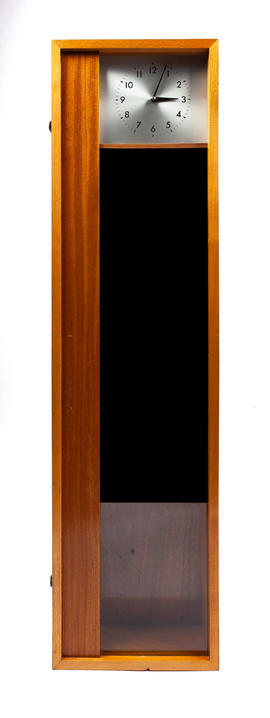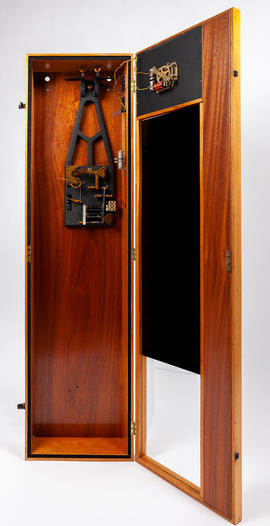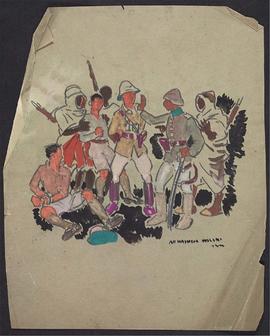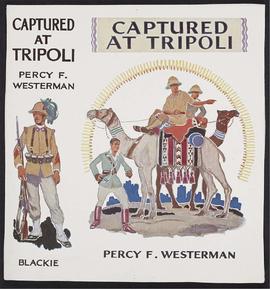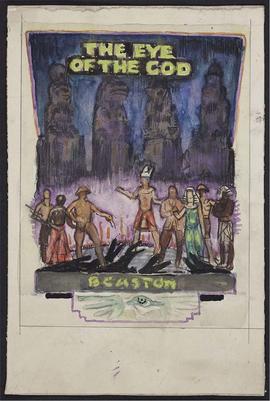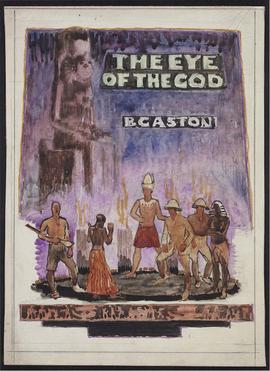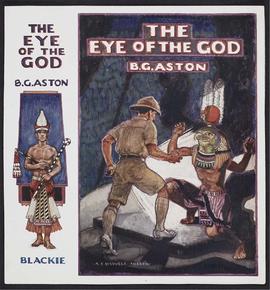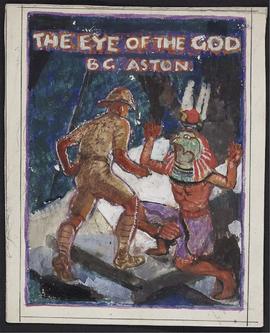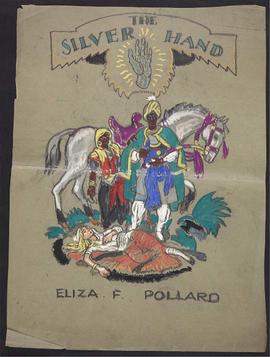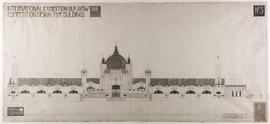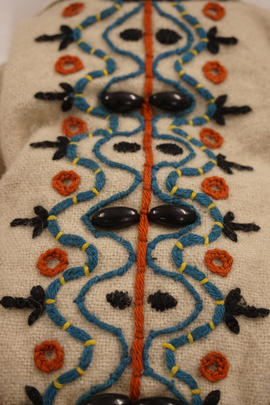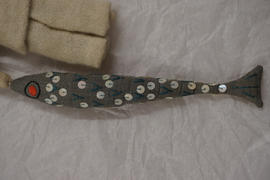Part 1 of video triptych. Control My Bodiless Form is a video triptych melding Swedish folk music with stories from cyberspace. The three audio-visual pieces offer a satirical and absurd look at the numbness, joy, and horror that exists online. In July 2022, an anonymous survey was sent out via social media. It asked things like:
What’s the worst interaction you’ve had in cyberspace?
What’s the loveliest interaction you’ve had in cyberspace?
What do other people do on the internet that you find embarrassing?
What have you done on the internet that you regret?
For anyone who has been on the internet, this next part won’t be all that shocking. Responses were often long paragraphs, recounting experiences of grooming, doxxing, antisemitism, stalking, trolling, homophobia, racism, and self harm. There were also stories of finding community, inspiration, creativity, even romantic love. Stories of disassociation and apathy. The responses were woven into lyrics, and put to three pieces of music. The result is three audio-visual pieces, filled with the warmth of 20-layer harmonies, cow herding calls, organs, and accordions, as well as the menacing detachment of AI voices and Weircore aesthetics. A strange amalgamation of the natural and digital, examining what on earth is happening to us in cyberspace.


